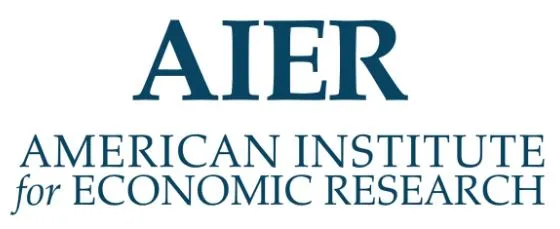Read full Article Here >>
When financial conditions tighten (as they did in the wake of the great financial crisis) GVC’s shorten. Production is on-shored or re-shored. During the past three months, as China has grappled with the COVID-19 pandemic, the truncation of GVC’s has accelerated. Resiliency has eclipsed efficiency as the need for certainty of supply has shattered many of the Ricardian assumptions of the past century.
Many commentators have argued that globalisation allowed the world economy to become overly optimised. Looking ahead to the end of the current crisis, the pandemic may achieve what US tariffs have not, a complete re-evaluation of the logistics of global trade.
In the Harvard Business Review article which accompanied this infographic, Coronavirus Is Proving We Need More Resilient Supply Chains, the authors, Tom Linton and Bindiya Vakil, recommend that companies invest in mapping and monitoring their global suppliers. They advocate the adoption of Artificial Intelligence and Natural Language Processing techniques to help identify weaknesses and bottlenecks. The cost of mapping and monitoring is substantial but the benefits of flexibility can be justified by the savings which can be gleaned from reduction in inventory and improvements in the agility of response to abrupt changes in customer demand.
Read the complete article from Colin Lloyd at AIER>>




